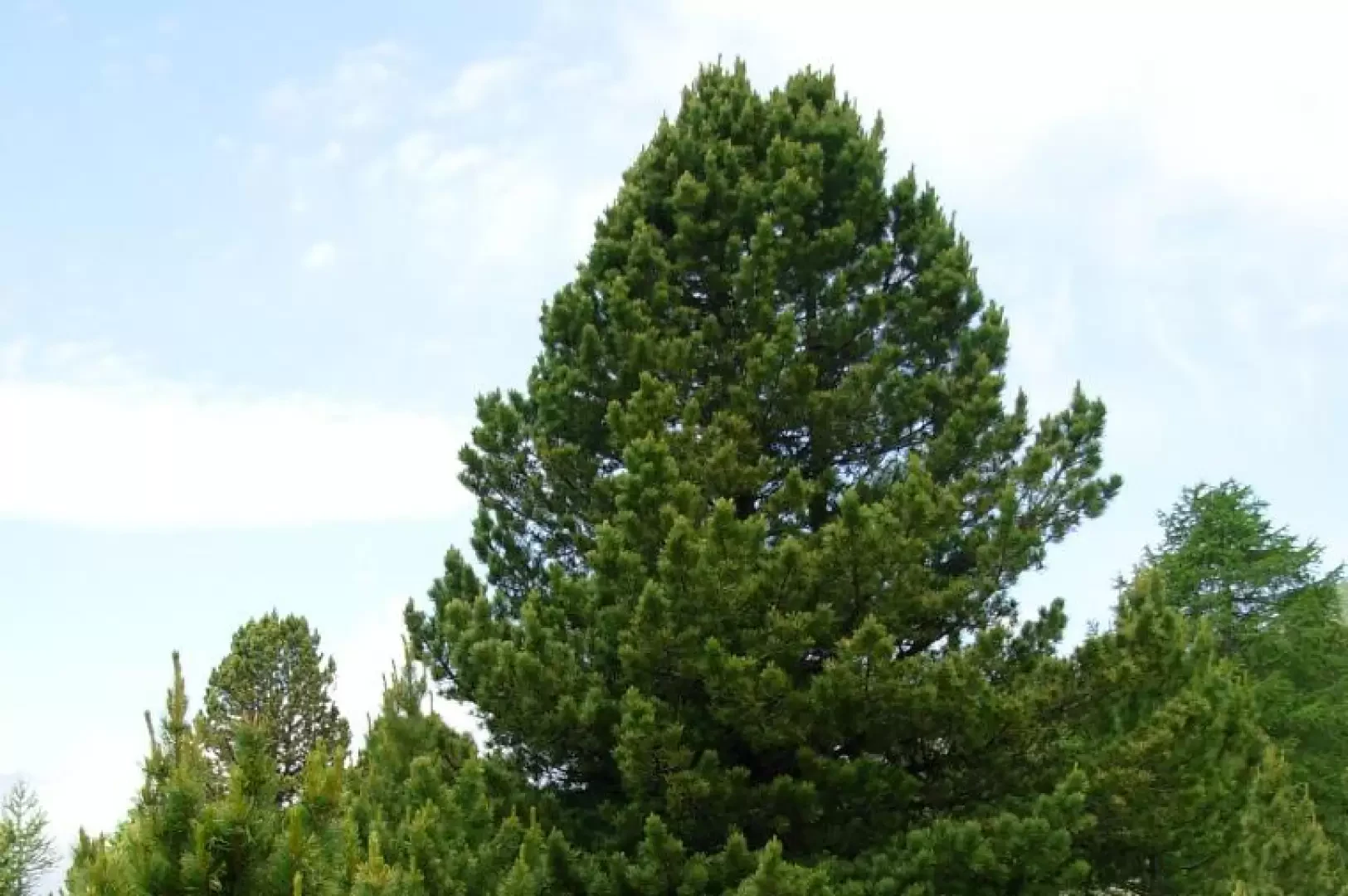Alevé forest, from Casteldelfino

Description
The Alevé forest is located in the upper Varaita Valley, one of the Occitan valleys of Piedmont, on the border with France, on the edge of the Queyras Park. It covers a large part of the SO side of Monviso. It is accessible from Sampeyre, Pontechianale and Casteldelfino, municipalities in the province of Cuneo, by mule tracks and paths. The toponym derives from French. In the Languedoc language, 'alevé' means stone pine. It is no coincidence that the Alevé is the largest cembro pine forest in the Alps: it covers an area of about 825 hectares and extends from 1,500 to 2,500 m above sea level. However, the highest specimen can be found at 2950 m, on the northern slope of Cima delle Lobbie. This is a very ancient forest, whose origins can be traced back to the great glaciations of the Quaternary period. It was mentioned in Virgil's Aeneid and in the Historia Naturalis written by Pliny the Elder. The Bosco dell'Alevé is an authentic natural treasure nestled in a mountain landscape of considerable natural interest. Since 1949, it has been listed in the Register of Seed Woods: the pine nuts are harvested by forest rangers, planted in nurseries and cultivated to obtain shoots for planting in other sites. The 'Pinus Cembra' can reach a height of 20 m. It is a long-lived plant: the oldest Alevé pine is found in Costa Cervet and is over six hundred years old, but other specimens are over half a millennium old. The ruggedness of the geological conformation has so far prevented reckless cutting of the forest and so, especially in the more inland areas that are difficult to access, the Alevé preserves all its original characteristics intact. Its peculiar microclimate also makes this forest interesting for the spread of lichens and insects. The avifauna is also of considerable interest, with a strong population of Hazelnuts, Crossbills, Black Pheasants, Corvids and Passerines. It is also not difficult to find birds of prey such as Golden Eagles, Buzzards, Hawks, as well as nocturnal birds of prey. There is also an important spread of plant species, some of which are endemic. Almost in the middle of the forest are two small lakes: Lago Secco at 1890 m, which is becoming increasingly waterlogged with time, and Lago Bagnour at 2017 m, which, on the contrary, is turning into a peat bog. On the banks of the latter lake stands the recent Rifugio Bagnour. Since 2000, the Bosco dell'Alevé has been included in the list of Sites of Community Interest and among the Important Bird Areas (IBA). The village of Casteldelfino is home to the Bosco dell'Alevé Visitor Centre, managed by the Parco del Po Cuneese. It is a naturalistic museum that reproduces on a natural scale, with a diorama, a part of the forest with all the animal and plant species that populate it. The Centre is open during the summer season and is available by reservation for school visits on 0175 46505 - www.parcodelpocn.it.